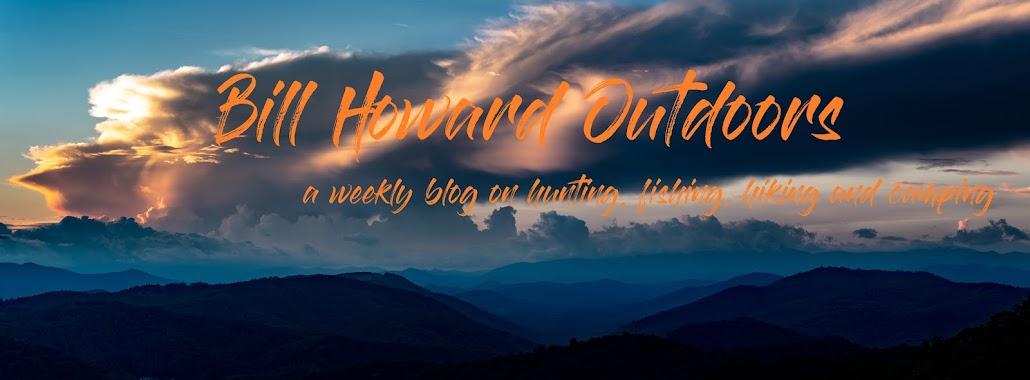I am a service manager at an automobile dealership for my
day job. While performing routine maintenance on most vehicles, I also
regularly have to play ‘doctor’ and sometimes break bad news to the owners
regarding major repairs. Often I get questions such as “what caused it?” or
“was it something I did?”
Many times the response is as simple as explaining that
their vehicle consists of different mechanical systems, and anytime you have
something mechanical it is prone to break due to rotating parts and wear over
time.
What makes certain mechanical devices extraordinary are the
ones that can keep things simple with fewer moving parts and survive over time.
In 1910, John Browning, who was a firearm designer for Colt
before launching his own firearm manufacturing company, developed a repeating
pistol. The U.S. military began trials for their next carry piston with six
manufacturers. One by one, pistols were eliminated due to failures until Colt
and Savage Arms remained. Over a two day period, with John Browning observing
the trials personally, his M1911 pistol fired 6000 rounds without failure. When
the pistol became too hot, it was simply dipped in a bucket of water to cool it
down to continue testing. Over the same trial, the Savage failed 37 times. A
simple but tested design that proved to be the hallmark for future firearms.
Now, why am I paying attention to mechanical failures? Well,
for one I went through one on something I did not expect the other weekend. I
have experienced failures before, even on firearms. I once had a shotgun fire
with the safety still engaged. Fortunately, the person that was holding it had
the muzzle pointed in a safe direction and no one or nothing was harmed in the
accidental discharge. Not only did it teach the person that was holding the
shotgun a little respect for potential mishaps, but it reinforced something I
already knew. I knew things like that could happen because it is mechanical in
nature.
The weekend in reference I was setting up a new bow. The bow
did fine. The problem came with my release. For those that do not know, a
release is a device that has a set of jaws that hold the bow string while
drawing and holding. When the shooter is ready to release the string, his
finger or thumb, depending on the style, squeezes a trigger which opens the
jaws.
I was getting ready to pull the string back on the bow to
check if the peep sight, which is located in the string, was positioned
properly for my line of sight. Just before drawing the bow, I decided to nock
an arrow on the string ‘just in case’. The person who was installing the peep
sight asked was I going to shoot since the sight was not properly tied in yet,
but I explained I was not going to shoot but I wanted to be safe instead.
The reason it is safe to actually nock an arrow on the bow
is a ‘dry fire’ can destroy a bow. So, if I had an accidental discharge, an
arrow would fly and the bow would be intact.
Forethought is wonderful. The release I have had since 2005
and shot thousands upon thousands of arrows with broke, releasing the arrow
down range, lodged high on the wall 30 yards away. Bow was ok, arrow was
salvaged, two people completely startled but ok, and a broken $45 release.
You cannot predict when something mechanical will fail. You
can do everything possible to prevent it from failing and take precautions in
case it does.
